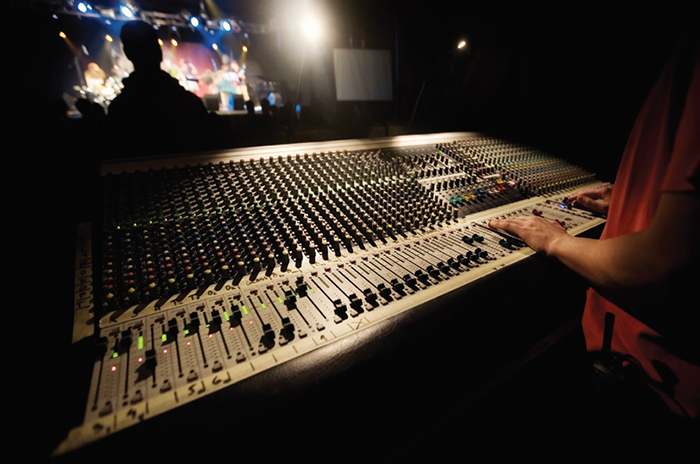Listmania is sweeping the nation! In an effort to satisfy the bottomless pit of demand for these types of things, I present to you the seven things to never do while mixing.
7: Just because you’ve been doing something “this way for 20 years” doesn’t make it the right way or even a good way. True, maybe no one is complaining, and you’re getting hired plenty, so who’s the real expert here.
Hopefully we can all stand to learn new things and do a better job. It’s my experience that many of us are still a bit shy on some of the fundamentals. Know your signal flow? How about proper gain structure? The theory of formants and how they affect your mix?
Maybe you can answer “yes” to the first two, but how about that last one? Ever wonder how some shows sound terrific, but you can’t put your finger on why that is? There’s always a “why,” and we can all benefit from learning the “what” behind the “why” more often.
6: Maybe your mix does sound good — I’m big enough to admit it. Or at least, at the console it sounds good.
But do you walk around the venue and listen to the system from various seating areas? If not, you might be fooling yourself. It’s true that measurement tools can help us a great deal in setting up, tweaking and tuning these fabulous systems at our disposal today. Yet no matter how great the tool, it still can’t tell the difference between good and bad sound. Only you can do that.
I’m not suggesting leaving the console mid-show to go out to the highest seating area in the arena. However, before the show starts, you should have a good handle on coverage and how it sounds out in the house. Your audience certainly will.
A couple of summers ago, I took my daughter to see Rush at the Journal Pavilion outside of Albuquerque. It really struck me that even from the lawn, the sound was fantastic. Hats off to whomever was mixing that show.
5: Speaking of tools, we have tons of gadgets that have meters, blinking lights, tri-colored LEDs, plasma displays and all kind of ways to measure, indicate and extrapolate the audio information into visual data. Do you mix with your eyes?
Sure it’s great to have a clip light, since most of us have trouble hearing when our system is getting pushed over 5 percent THD. But it’s a mistake to think that just because the meters tell us everything is O.K. that the mix sounds good.
Want to know how much compression to add to the vocals? Use the meters to get in the ballpark, but then listen to the result and determine if it might need just a skosh more or less.
It starts with reading spec sheets, doesn’t it? How many times have you decided on a piece of gear based on the technical specifications? I’m not saying that’s bad, necessarily. The specs can help us a great deal. But if we haven’t listened to that piece of gear, in context, there’s no way to know how it will really behave when we need it.















